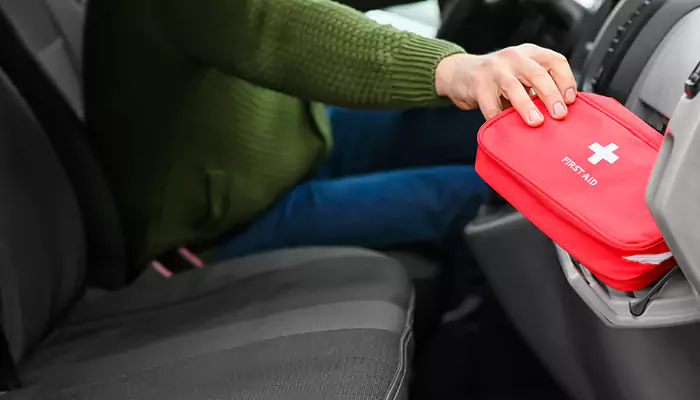
In the face of unexpected emergencies, being well-prepared with a comprehensive first aid kit is not just a matter of convenience but a critical step towards saving lives.
Whether it's a minor injury or a serious emergency, the right first aid essentials can make a significant difference in outcomes. Let’s delve into the importance of building your life-saving arsenal, guided by data and expert recommendations, to ensure you're equipped to handle various scenarios.
First aid refers to the immediate care given to someone who is injured or suddenly becomes ill before professional medical help arrives. The goal is to provide temporary but crucial support that can prevent conditions from worsening or even save lives. According to the Red Cross, effective first aid can reduce recovery time and make the difference between the patient having a temporary or long-lasting disability.
A well-stocked first aid kit is the cornerstone of preparedness. Here are the essential items as recommended by the World Health Organization (WHO) and the American Heart Association (AHA):
Adhesive Bandages: For covering small cuts, scrapes, and blisters. Various sizes should be included.
Sterile Gauze Pads and Rolls: Essential for dressing larger wounds and absorbing blood.
Antiseptic Wipes and Antibiotic Ointment: To clean wounds and prevent infection.
Tweezers and Scissors: For removing debris from wounds and cutting gauze or tape.
Disposable Gloves: To protect both the caregiver and the patient from infections.
CPR Face Shield: A critical tool for performing CPR safely, protecting against the transmission of diseases.
Pain Relievers: Such as acetaminophen or ibuprofen, for managing pain or fever.
Thermometer: To check for fever, a symptom of infection or illness.
Elastic Bandages: For wrapping sprains or strains and providing support to injured limbs.
Instant Cold Packs: For reducing swelling and numbing pain.
First Aid Manual: Provides guidance on how to handle various emergencies.
Beyond the basics, your first aid kit should be tailored to the specific needs of those who might use it, considering allergies, chronic conditions, or the presence of children. For instance, if someone has a known allergy to bee stings, including an epinephrine auto-injector (with proper medical authorization) could be life-saving.

Possessing a first aid kit is just the first step; knowing how to use it effectively is crucial. A survey conducted by the American Red Cross revealed that while more than 90% of people recognize the importance of first aid training, fewer than 20% are prepared to act during a cardiac emergency. Taking a certified first aid and CPR course can empower you to use your kit effectively and potentially save lives.
A first aid kit is only as good as its contents. It's essential to regularly check your kit for expired or used up items. Review your first aid supplies every six months, restock as necessary, and keep the kit in a known and easily accessible location.
Building and maintaining a comprehensive first aid kit is a fundamental aspect of health and safety preparedness. Investing time and resources into assembling your life-saving arsenal is not just a practical decision but a moral imperative, reflecting a commitment to the safety and care of your community. Whether at home, in the workplace, or on the go, a well-stocked and regularly maintained first aid kit is an indispensable resource that stands between an ordinary day and a potentially life-altering emergency.